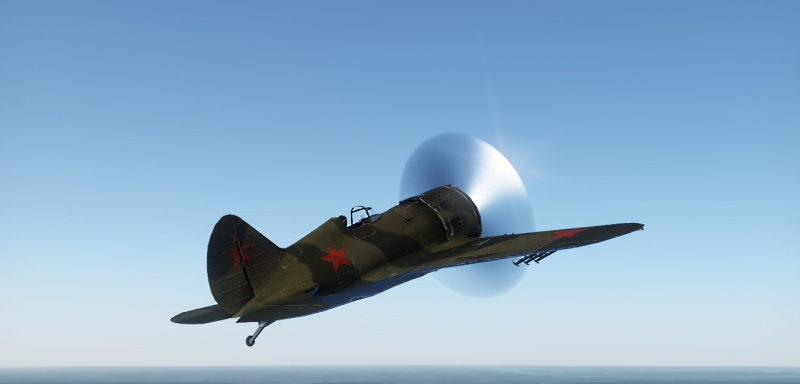
- For PC
- For MAC
- For Linux
- OS: Windows 7 SP1/8/10 (64 bit)
- Processor: Dual-Core 2.2 GHz
- Memory: 4GB
- Video Card: DirectX 10.1 level video card: AMD Radeon 77XX / NVIDIA GeForce GTX 660. The minimum supported resolution for the game is 720p.
- Network: Broadband Internet connection
- Hard Drive: 17 GB
- OS: Windows 10/11 (64 bit)
- Processor: Intel Core i5 or Ryzen 5 3600 and better
- Memory: 16 GB and more
- Video Card: DirectX 11 level video card or higher and drivers: Nvidia GeForce 1060 and higher, Radeon RX 570 and higher
- Network: Broadband Internet connection
- Hard Drive: 95 GB
- OS: Mac OS Big Sur 11.0 or newer
- Processor: Core i5, minimum 2.2GHz (Intel Xeon is not supported)
- Memory: 6 GB
- Video Card: Intel Iris Pro 5200 (Mac), or analog from AMD/Nvidia for Mac. Minimum supported resolution for the game is 720p with Metal support.
- Network: Broadband Internet connection
- Hard Drive: 17 GB
- OS: Mac OS Big Sur 11.0 or newer
- Processor: Core i7 (Intel Xeon is not supported)
- Memory: 8 GB
- Video Card: Radeon Vega II or higher with Metal support.
- Network: Broadband Internet connection
- Hard Drive: 95 GB
- OS: Most modern 64bit Linux distributions
- Processor: Dual-Core 2.4 GHz
- Memory: 4 GB
- Video Card: NVIDIA 660 with latest proprietary drivers (not older than 6 months) / similar AMD with latest proprietary drivers (not older than 6 months; the minimum supported resolution for the game is 720p) with Vulkan support.
- Network: Broadband Internet connection
- Hard Drive: 17 GB
- OS: Ubuntu 20.04 64bit
- Processor: Intel Core i7
- Memory: 16 GB
- Video Card: NVIDIA 1060 with latest proprietary drivers (not older than 6 months) / similar AMD (Radeon RX 570) with latest proprietary drivers (not older than 6 months) with Vulkan support.
- Network: Broadband Internet connection
- Hard Drive: 95 GB
Pilots!
War Thunder presents special series of events to celebrate the Victory Day! Five stories of the Soviet flying legends, five days of special discounts!
May 8th and our hero is light Soviet fighter Polikarpov I-16 type18, one of the most common combat airplanes in the USSR by the beginning of war. When Nazi Germany invaded Soviet territory in June 1941, 1,635 of 4,226 air force planes were I-16 and its modifications.
Today we're giving you special 70% discounts on I-16 type18 'Ishak', its repair costs, modules and ammo racks!

Polikarpov I-16 type18 'Ishak'
The I-16 was a Soviet single-engine monoplane fighter designed in the 1930s by the Polikarpov Design Bureau. As early as 1939 few remained unconvinced that the era of the I-16 was ending. Even the installation of the more powerful M-62 and M-63 engines did not allow serial examples to exceed 500 km/h. For some time it was believed that better performance could be achieved with the use of the M-64 engine, rated at 1,200 to 1,300 HP. Designers expected the M-64 (there was also an M-65) to be ready by 1941; however this nine-cylinder radial engine was never adequately completed. Nikolai Polikarpov, the lead designer, attempted to improve the I-16’s aerodynamics by replacing its canvas outer skin with plywood. In the summer of 1939 a prototype with upper wing surfaces covered with 2.5mm thick plywood was tested; at the same time, an I-16 Type 24 with plywood surfaces was submitted for state trials. The latter achieved 489 km/h, which was slightly better than other variants. However the achievement was chalked up to the new M-63 engine.
While the plywood surface was recommended for production, it was in fact never used on serial production aircraft. Further flight testing of the I-16 in 1939 proved that subsequent modifications were not cost-effective. One of the proposed modifications was to address the tuck-under phenomenon in high speed dives which took place when deflecting the elevator to a positive angle of attack. Several fatal crashes led to further research into the issue. As it turned out, the I-16 was highly sensitive to angle of attack changes of the elevator.
War Thunder Team



